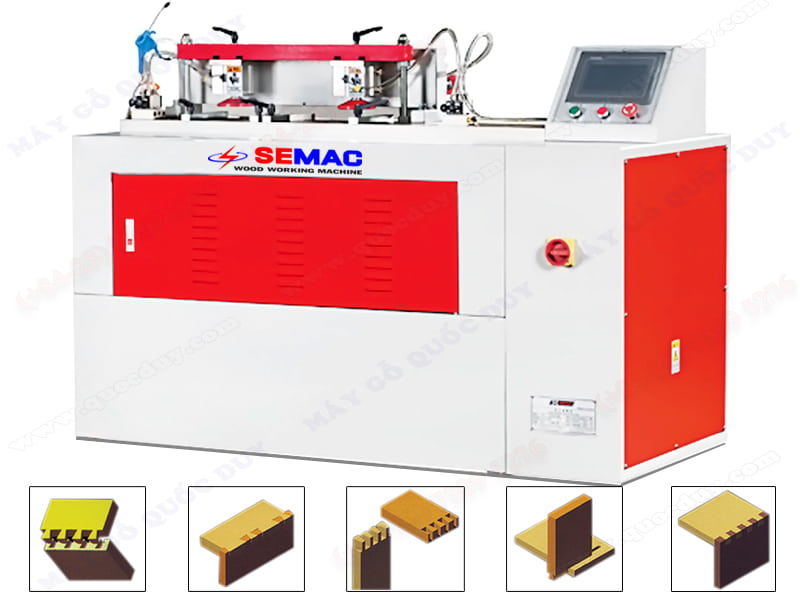
Then a matching dovetail was cut onto the upper end of the leg. A long dovetail shaped socket was cut into the base of the column. The basic anatomy of this joint is shown in the drawings at the top of the opposite page. And the joint used to attach the shaped legs to the round column was almost always a straight-sided "sliding" dovetail. Most of the old examples of this style of table used a turned, round column. Well, the answer involves both a little history along with some modern techniques. You may be curious about why I chose to use a tapered sliding dovetail to join the legs to the column of the tip and turn table.


Doing so is quick, and I get a lot of satisfaction from the direct contact of my hand tools with the material, especially when I end up with a nicely fitted joint.You won't find a better joint for connecting the column and the legs of the "tip and turn" table. You could use machines to do some of the work, such as cutting the initial half-lap at the tablesaw, but I prefer to make the joint entirely by hand. In spite of its angles, the joint is not hard to make. Keep the tail fairly wide for strength, and remove no more than 2/3 the thickness of the stock under the tail. (It’s this application that’s shown in these photos.)Īs for the dovetail angle, it depends on the wood: for hardwoods, I typically use a 7° slope, while softwoods get a 9-14° slope. In fact, because of its great mechanical integrity, a well-fitted, unglued half-lap dovetail can be an ideal joint for knockdown furniture, as shown in the desk on page 50. Due to its wedge shape, the dovetail is extremely effective at locking parts together. Its most common application is joining top rails to the sides of a carcase (see page 36-37) or to the legs of a table. The half-lap dovetail is a remarkably strong and versatile joint.

Connecting stretchers to rails in tables, chairs and other furniture.


 0 kommentar(er)
0 kommentar(er)
